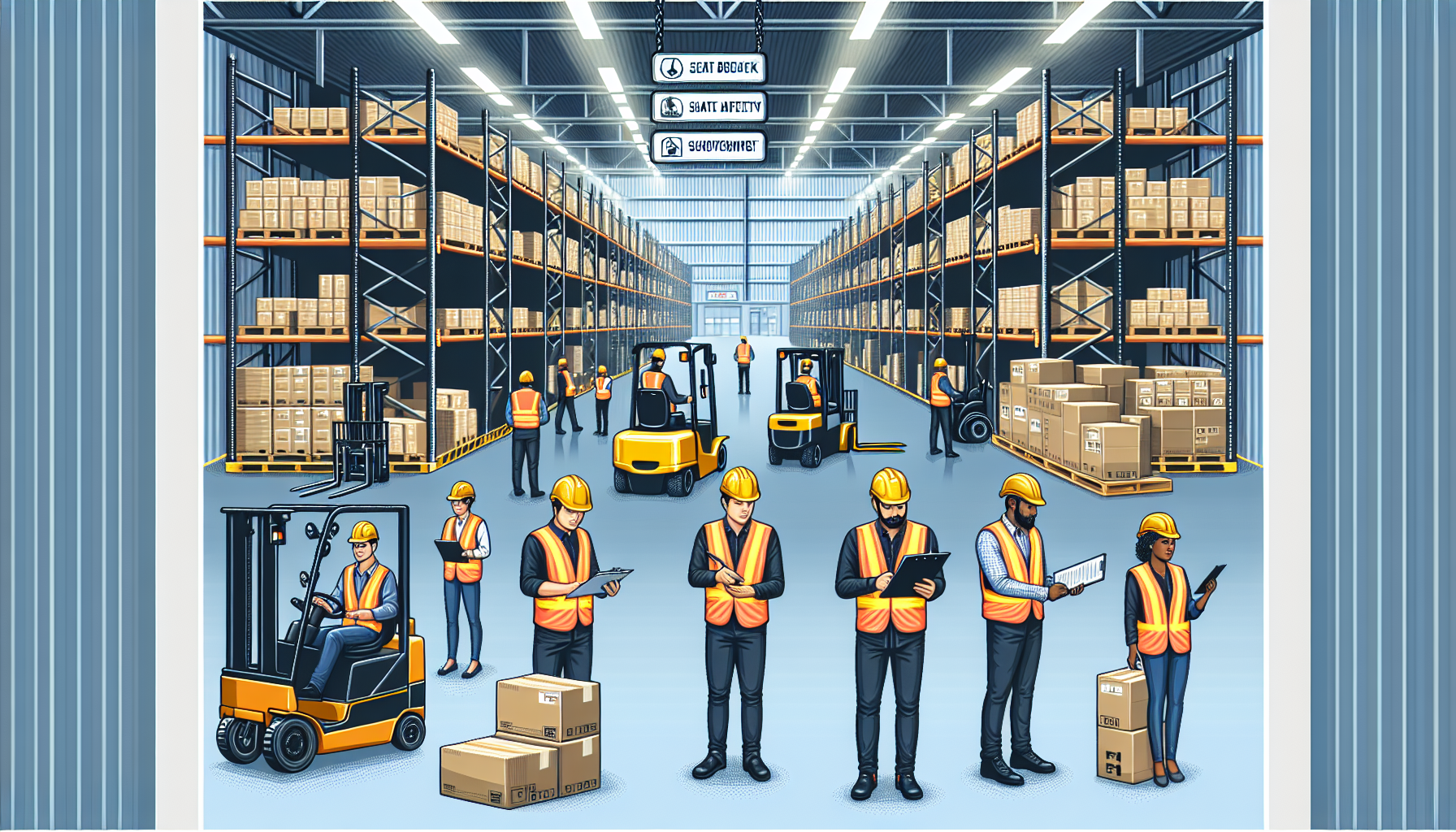Ensuring warehouse safety is of utmost importance for every organization. A well-optimized warehouse not only increases productivity and efficiency but also reduces the risk of accidents and injuries. Implementing best practices for warehouse safety can make a significant difference in creating a safe and secure working environment for employees.
1. Regular Safety Training and Education
One of the key steps in maintaining warehouse safety is by providing regular safety training and education to all employees. This training should cover not only the basics of general safety protocols but also specific procedures and practices relevant to the warehouse environment. Employees should be educated on the proper use of equipment, handling hazardous materials, and emergency procedures.
Investing in ongoing safety training ensures that employees are up-to-date with the latest safety regulations and best practices. You can also conduct periodic refresher courses to reinforce safety knowledge and address any new challenges or changes in the warehouse operations.
2. Implementing Clear Signage and Labels
Another crucial aspect of warehouse safety is maintaining clear and visible signage throughout the facility. This helps employees and visitors navigate the warehouse easily and identifies potential hazards and safety precautions. Utilizing standardized symbols and recognizable colors for safety signs can enhance the effectiveness of the signage.
Labels are equally essential in clearly marking different areas, equipment, and stored materials. For example, using signs and labels to indicate fire exit routes, designated pedestrian walkways, and storage areas for flammable materials helps prevent accidents and promotes efficiency in warehouse operations.
3. Using Personal Protective Equipment (PPE)
Personal Protective Equipment (PPE) is a crucial element in ensuring worker safety in any industrial setting, including warehouses. It is essential to provide employees with the necessary PPE based on the specific hazards present in the warehouse environment.
Common PPE for warehouse workers may include hard hats, safety goggles, gloves, high-visibility vests, and steel-toe boots. Regularly check the condition of PPE and replace any damaged or worn-out equipment. Additionally, encourage employees to wear their PPE consistently and provide proper training on how to use and maintain it.
4. Regular Equipment Inspections and Maintenance
Warehouse operations rely heavily on various types of equipment, such as forklifts, pallet jacks, and conveyor systems. Regular inspections and maintenance of this equipment are essential to prevent accidents caused by mechanical failures.
Implement a comprehensive inspection checklist to ensure that all equipment is in proper working condition. This includes checking for any leaks, loose or damaged components, and ensuring that safety features are functional. Scheduled maintenance and prompt repairs are necessary to address any identified issues promptly.
5. Proper Material Storage and Handling
Efficient and safe material storage and handling processes are vital in warehouse operations. Improper storage and handling can lead to accidents, inventory damage, and reduced productivity. Implementing proper storage practices such as organizing materials by weight and size and utilizing suitable storage equipment like pallet racking systems or shelving units can help prevent accidents and optimize the use of space within the warehouse.
Moreover, train employees on safe lifting techniques and proper handling of materials to reduce the risk of strains, sprains, and other injuries. Encourage the use of mechanical equipment, such as forklifts and hand trucks, for heavy or bulky items.
6. Regular Warehouse Safety Audits
Conducting regular warehouse safety audits is vital to identify potential hazards and areas for improvement. These audits should assess the effectiveness of existing safety measures, identify any deviations from safety protocols, and provide recommendations for enhancing safety standards.
Consider partnering with a professional warehouse optimization company like HCO Innovations, who specialize in warehouse safety evaluation and provide comprehensive solutions tailored to your specific needs. The experts at HCO Innovations can conduct detailed safety audits, providing insights and recommendations to create a safer and more efficient warehouse environment. Their warehouse safety evaluation service helps identify potential hazards, evaluate current safety practices and protocols, and propose appropriate strategies for improvement.
In conclusion, ensuring warehouse safety is crucial for every organization. By implementing best practices such as regular safety training, clear signage, proper storage and handling, and regular inspections, you can create a safe and secure working environment. Remember to partner with experts like HCO Innovations to conduct regular safety audits and receive professional recommendations to enhance warehouse safety.

